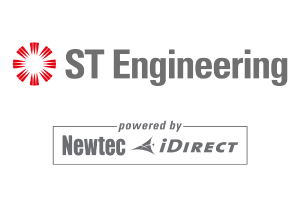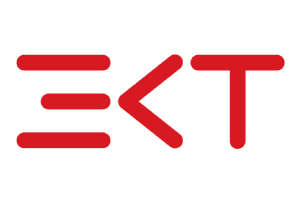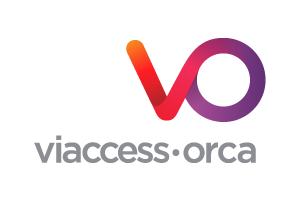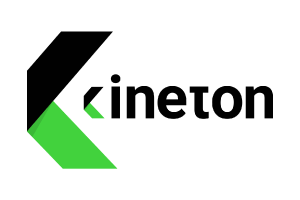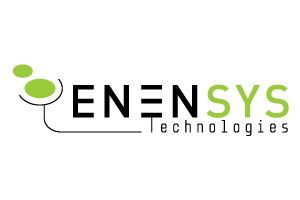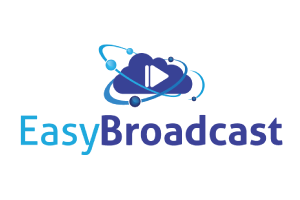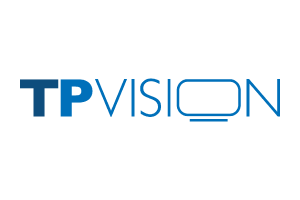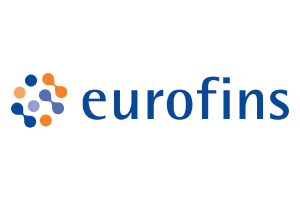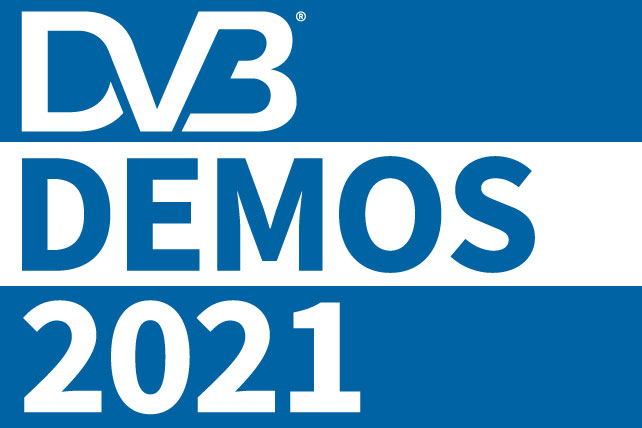
DVB DEMOS 2021
During this online event, DVB Members demonstrated innovative products and services based on the latest generation of internet-centric DVB solutions, from DVB-I and DVB-DASH to ABR multicast, Native IP, 5G, Targeted Advertising and more.
Direct links to each demo…
Full descriptions of each demo can be found below the video. You can find more information on DVB-I at: dvb-i.tv
- TPV Technology – https://youtu.be/X1p-7uP17UY?t=338
- NESTED (ATEME, ENENSYS Technologies, Orange, Viaccess-Orca) – https://youtu.be/X1p-7uP17UY?t=758
- Kineton – https://youtu.be/X1p-7uP17UY?t=1287
- ENENSYS Technologies – https://youtu.be/X1p-7uP17UY?t=1666
- Dolby – https://youtu.be/X1p-7uP17UY?t=2151
- Native IP multi-vendor demo introduction – https://youtu.be/X1p-7uP17UY?t=2588
- Broadpeak – https://youtu.be/X1p-7uP17UY?t=2781
- ST Engineering iDirect – https://youtu.be/X1p-7uP17UY?t=3319
- EKT – https://youtu.be/X1p-7uP17UY?t=3716
- EasyBroadcast – https://youtu.be/X1p-7uP17UY?t=4041
- Huawei – https://youtu.be/X1p-7uP17UY?t=4578
- Qualcomm – https://youtu.be/X1p-7uP17UY?t=5018
- Eurofins Digital Testing – https://youtu.be/X1p-7uP17UY?t=5540
- DTG Testing – https://youtu.be/X1p-7uP17UY?t=5966
- Wrap-up from Emily Dubs – https://youtu.be/X1p-7uP17UY?t=6482
Keep in touch with DVB by signing up for our monthly eNews
The Demos
Click below to find details of what each of our exhibitors demonstrated during the live stream.
Different devices and delivery methods have different features, benefits and constraints. A single DVB-I deployment can adapt to offer the best experience possible on each device. This demo from TPV Technology will show how the same service offering can be deployed to TVs and mobile devices, each with different capabilities, combining broadcast and broadband delivery.
Features include:
- DVB-I service list installation adapted to each device’s capabilities using three different types of DVB-I client: native, HbbTV, and HTML5 web application;
- use of service instance priorities to enable hybrid (broadcast + broadband) delivery to each device with the best supported quality;
- delivery using next generation audio/video codecs where supported;
- integration of both terrestrial and DASH services in hybrid clients, with fallback when a delivery method becomes unavailable.
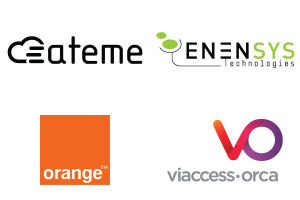
Universal delivery of TV services using DVB standards: from terrestrial to mobile
The NESTED consortium – ATEME, ENENSYS Technologies, IETR, Orange and Viaccess-Orca – is demonstrating how universal enhanced TV services can be delivered over various networks, leveraging the most recent DVB technologies.
The video services are encoded according to the DVB-AVC standard and packaged in several formats to address a wide range of receivers following DVB-SI and DVB-DASH specifications.
The DVB-I service list is leveraged to publicly expose the services in a universal way, making these services available no matter which physical layer is used.
In order to optimize the network, the DVB-MABR approach is implemented to convey IP streams. It is demonstrated that various receivers are capable of accessing these signals, including classical DVB IRDs (T/T2, S/S2) and IP devices accessing the IP services through non-DVB networks (4G-LTE, 5G-NR, pure OTT).
Kineton will unveil a new infotainment solution targeting all-electric vehicles that leverages the power of DVB-I to provide access to a huge array of entertainment resources.
This demo will show how DVB-I can be integrated in a brand new scenario: the automotive environment. Kinecar is a full digital ecosystem that is at the core of an electric vehicle. It introduces the latest innovations in in-car entertainment, alongside other key features for the automotive environment, such as navigation, autonomous driving, voice assistance, etc.
Kineton’s DVB-I application can be adapted to different device capabilities (native apps, HTML5 web apps, and HbbTV). The Kinecar demo will show DVB-I integrated in a Linux-based platform, based on an Automotive Grade Linux framework and fully connected to the vehicle’s multimedia elements (like secondary displays, an audio server, and an on-steering-wheel touchscreen interface).
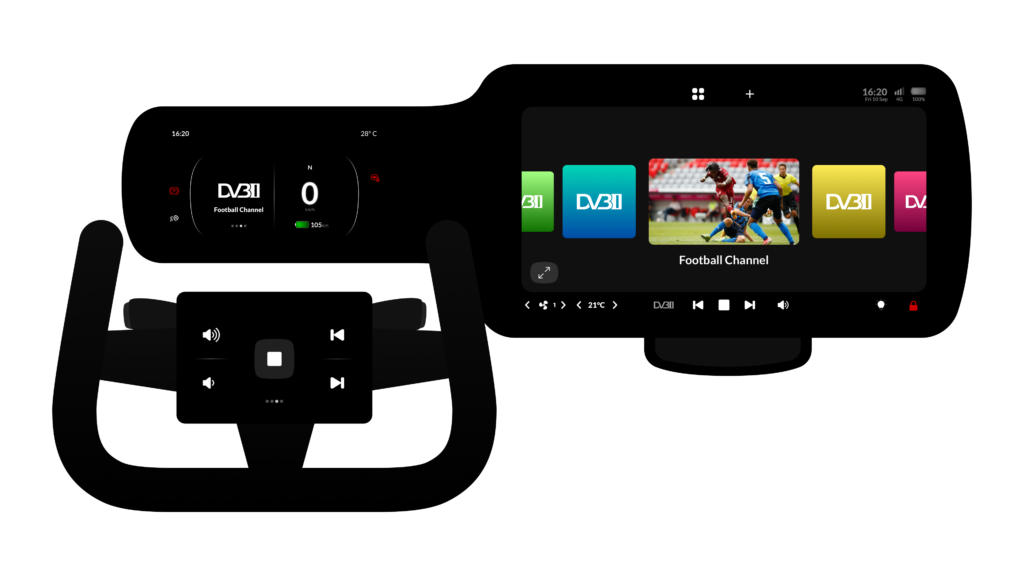
With Kinecar, both the driver and the passengers can benefit from a full range of media content made available via the DVB-I app. This is thanks to the support of the latest audio/video codecs and the latest multimedia and entertainment technologies. Kinecar offers an always-connected car that provides the necessary network resources and multimedia support to bring a DVB-I client application inside a vehicle.
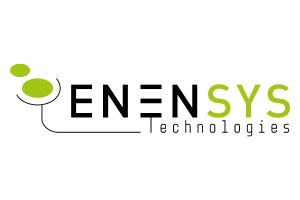
DVB’s Native IP solution enabling the delivery of OTT content over satellite and terrestrial networks.
“Towards unlimited OTT services using broadcast links” – as we wrote in DVB Scene in March 2019 (on page 14). With the forthcoming DVB Native IP standard, our call for standards-based distribution of OTT content over broadcast networks becomes a reality.
The delivery of OTT content over broadcast links is a tremendous opportunity for broadcast operators to leverage their service offering, providing multiscreen services in addition to their traditional broadcast services. It ushers in a new era of unlimited access to their television content everywhere, enabling additional revenue through addressable advertising or subscription-based advanced on-demand services.
For the DVB DEMOS 2021, ENENSYS will demonstrate the world’s first end-to-end DVB Native IP solution that enables the delivery of OTT content over satellite and terrestrial networks.
DVB-I facilitates the roll-out of new services with enhanced audio and video. One important new possibility is Dialogue Enhancement, which enables viewers to boost the level of dialogue to suit their unique preferences, equipment and listening environment. In consumer studies, Dialogue Enhancement has been found to be one of the top potential drivers for consumers to adopt new television platforms and services.
This demo will show how a linear streamed service including Dialogue Enhancement can be launched with DVB-I and AC-4 audio, with no change in the production infrastructure required.
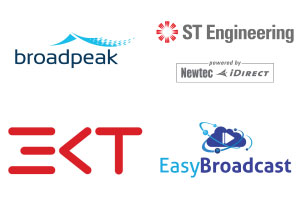
The first end-to-end, multi-vendor demo of the B2C use case of Native IP, demonstrating origination, transport, reception and consumption of live OTT video over satellite.
A collaboration between industry leaders Broadpeak, ST Engineering iDirect, EKT and EasyBroadcast delivers the world’s first end-to-end demonstration of Native IP using GSE or MPE encapsulation. A VSAT platform addresses a hybrid network of unidirectional and bidirectional connected remote PoPs (points of presence) using GSE encapsulation. Alternatively, for unidirectional communication only MPE encapsulation is deployed.
Broadpeak
Broadpeak empowers video service providers so that they can stream content with a compelling experience. In this demonstration, Broadpeak’s solutions package and encapsulate the transcoded streams into OTT formats, so that they can be delivered via multicast and then converted back to unicast to reach the end-users’ devices with the best QoE.
ST Engineering iDirect
ST Engineering iDirect will be demonstrating the integration of its SCPC or VSAT solution for the modulation and multicast transmission of the Native IP content over satellite. For unidirectional or bidirectional delivery, ST Engineering iDirect’s solutions provide best in class efficiency of the physical layer to deliver GSE or MPE encapsulation for forward (DVB-S2X) and return paths (Multi-Resolution Coding).
EKT
The trusted set-top box partner delivers the content to TV or mobile. This cutting-edge multicast ABR solution offers ultra fast, low latency delivery of live video to mobiles and large screens alike for a global audience at the lowest cost.
EasyBroadcast
EasyBroadcast will be demonstrating its “edge” video service mobile application, content management system, and service backend. EasyBroadcast’s content management system and service backend run on the headend side and are pushed and made available for the demonstrated mobile application and set-top-box at the edge. This edge caching of service allows a full video experience for end-users and the ability to fully manage the service for the customer in a bidirectional as well as a unidirectional connected environment.
To demonstrate the global potential of DVB, Huawei will present the DVB-I reference client with DVB-DASH streaming, a Chinese EPG and service lists, and showing Chinese content.
The demo will be run on an Android-based player interacting with a browser on a set-top box with the AVS3 video codec integrated.
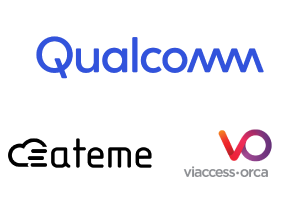
A first glance of DVB-I over 5G: DVB-MABR over LTE-based 5G Broadcast
DVB-I provides a suite of great tools to support IP-based broadcast. In particular, DVB-DASH and DVB-MABR provide the ability to support broadcast-only as well as hybrid unicast–broadcast services. Running DVB-I on top of 5G is a natural combination and this demo shows the feasibility. In particular, we demonstrate a typical mobility scenario, switching back and forth between multicast and unicast reception depending on network availability or content popularity.
The multicast software layer leverages the ROUTE protocol of the DVB-MABR specification. The demonstration runs on a Qualcomm Snapdragon-powered mobile device and provides all the extensions for a full software/IP setup. While this demo is a world first, it uses only off-the-shelf components, guaranteeing a good level of maturity and proving that coordinated standardization efforts can lead to faster go-to-markets.
In addition to the open source dash.js client, we also demonstrate playback on a native player in collaboration with Viaccess-Orca, as well as an Android player on a OnePlus 9 phone (embedding a Qualcomm Snapdragon 888 chip) in coordination with ATEME. The open-source GPAC player (ROUTE/IP) as well as an open-source gateway allows re-use of any DASH player.
Eurofins will demonstrate tools and the techniques to ensure interoperability for two DVB technologies:
- DVB-TA through HbbTV’s receiver tests for Targeted Advertising in the Eurofins Ligada Test Harness
- DVB-CI PLUS through our CI Plus Host and Module Testing Tools.
The availability of a robust interoperability test regime is a major consideration for platforms and service providers when selecting core technologies. As such, it is a critical factor in driving widespread adoption of DVB-I. Building on the DTG’s track record of universal deployment of DVB standards, DTG Testing is demonstrating the DTG DVB-I Test Suite.
This market-leading online test harness is available in the cloud environment and provides reference metadata for DVB-I clients (Hybrid TVs, IP-only TV, Set-Top Boxes, Sticks, mobile devices [phones, tablets, PC/laptops] or any DVB-I applications) to test their implementation for conformance against the DVB-I specification for Service Discovery and Programme Metadata.
The DTG DVB-I Test Suite contains the metadata for all the endpoints of the DVB-I specification and provides a set of structured tests against the metadata for where the specification states the behaviour.
Partners can access the online DTG DVB-I Test Suite using their individual secured logins. Depending upon the device profiles, the test cases can be filtered to create test plans applicable for those device types.
The DTG DVB-I Test Suite also provides broadcast test streams to test hybrid devices and an online portal for logging and generating test reports. It therefore offers a complete interface, providing materials that enable developers to test with confidence, expedite development and that underpin launch confidence.
The DTG DVB-I Test Suite provides a mechanism to:
- Enable successful access to the open DVB-I device or application market (working across markets and platforms).
- Test that products and applications conform with full interoperability to the DVB-I specification.
- Provide confidence of interoperability between DVB-I services and client implementations and vice versa.
- Underpin confidence of platforms to launch services to a population of compliant receivers.



